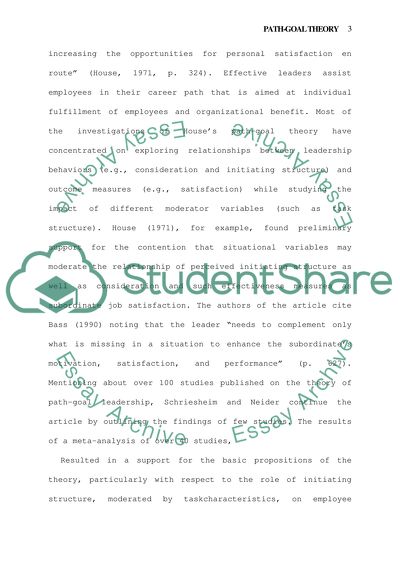Cite this document
(“PathGoal Theory Essay Example | Topics and Well Written Essays - 1250 words”, n.d.)
PathGoal Theory Essay Example | Topics and Well Written Essays - 1250 words. Retrieved from https://studentshare.org/miscellaneous/1527798-pathgoal-theory
PathGoal Theory Essay Example | Topics and Well Written Essays - 1250 words. Retrieved from https://studentshare.org/miscellaneous/1527798-pathgoal-theory
(PathGoal Theory Essay Example | Topics and Well Written Essays - 1250 Words)
PathGoal Theory Essay Example | Topics and Well Written Essays - 1250 Words. https://studentshare.org/miscellaneous/1527798-pathgoal-theory.
PathGoal Theory Essay Example | Topics and Well Written Essays - 1250 Words. https://studentshare.org/miscellaneous/1527798-pathgoal-theory.
“PathGoal Theory Essay Example | Topics and Well Written Essays - 1250 Words”, n.d. https://studentshare.org/miscellaneous/1527798-pathgoal-theory.


